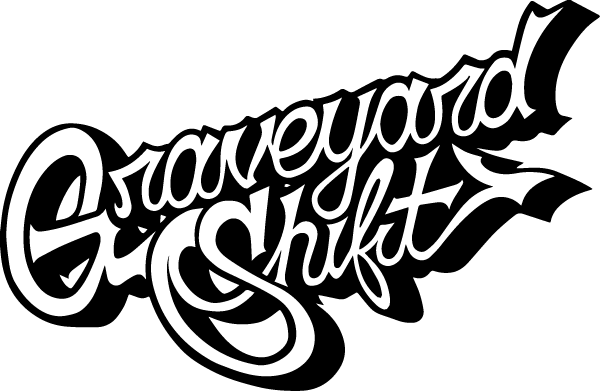Growth Trends in the R&B/Hip-Hop Live Music Scene
R&B and hip-hop have long been two of the most influential genres in the music industry. While these genres have always had a devoted following, recent trends indicate a significant rise in their popularity within the live music sector. This boom is not just a fad; it illustrates structural changes in the industry, fueled by innovative business models, tech advancements, and evolving fan engagement. This article explores the multifaceted growth trends in the R&B/hip-hop live music scene.
The Surge in Live Performances
Live performances have become an essential revenue stream for artists, particularly in the R&B/hip-hop genres. With streaming reducing revenue from recorded music, artists and their teams are increasingly turning to live events to generate income.
-
Touring as a Revenue Driver: Major tours by artists like Kendrick Lamar, Beyonce, and Travis Scott have shown that live performances can be both lucrative and essential for maintaining fan engagement.
-
Festivals and One-off Events: The popularity of festivals such as Coachella, Rolling Loud, and Essence Festival has surged, providing artists with substantial exposure and financial rewards.
Technological Innovation Enhancing the Fan Experience
Technology is revolutionizing the concert experience, bringing fans closer to their favorite artists than ever before.
Virtual and Augmented Reality
The COVID-19 pandemic accelerated the adoption of virtual and augmented reality (VR and AR) in the music industry. Artists like Travis Scott and Lil Nas X have successfully integrated these technologies into their performances.
-
Virtual Concerts: These allow fans to experience live music from the comfort of their homes, expanding the reach of events to a global audience.
-
Immersive Experiences: AR technology enhances the live experience, adding interactive elements that engage fans in new ways.
Live Streaming and Social Media
Social media platforms and live-streaming services have also become crucial elements in the growth of the live music scene for R&B/hip-hop.
-
Real-Time Engagement: Artists can interact with their fans in real-time, gathering immediate feedback and building a more inclusive fan community.
-
Exclusive Content: Platforms like Instagram Live, Twitch, and YouTube Live enable artists to offer exclusive content, including behind-the-scenes footage and impromptu performances.
Changing Demographics and Market Expansion
One of the most significant changes in the R&B/hip-hop scene is the broadening of its fan base.
Global Reach
Thanks to digital platforms, R&B and hip-hop have broken geographical barriers. Artists now have the opportunity to reach international audiences like never before.
-
International Tours: Artists often embark on global tours that include stops in Europe, Asia, and Africa.
-
Cultural Exchange: Collaborations with international artists are becoming more common, further expanding the genres’ appeal.
Diverse Audience
The fan base for R&B and hip-hop is more diverse than ever, incorporating various age groups, ethnicities, and socioeconomic backgrounds.
-
Youth Appeal: Younger fans, particularly Gen Z, are driving much of the demand for live performances.
-
Increased Inclusion: Efforts to make live events more inclusive and accessible have broadened the audience demographic.
The Business of R&B/Hip-Hop Live Entertainment
The business dynamics surrounding live performances in the R&B/hip-hop sector are evolving, providing artists and managers new opportunities and challenges.
Sponsorship and Branding
Corporate sponsorship has become a significant part of live music, aiding in monetizing performances.
-
Brand Partnerships: Artists are increasingly collaborating with brands to create unique event experiences, benefiting both parties.
-
Merchandising: Exclusive merchandise sold during tours or live events remains a lucrative revenue source.
Economic Impact
The live music sector contributes significantly to the economy, particularly in cities known for hosting major music events.
-
Job Creation: The industry supports a wide range of jobs, from event planners to security personnel.
-
Local Businesses: Concerts and festivals boost local economies by driving business to hotels, restaurants, and retail stores.
Challenges and Future Outlook
Despite its growth, the R&B/hip-hop live music scene faces several challenges.
Health and Safety Concerns
The COVID-19 pandemic has made health and safety a priority for live events.
-
Enhanced Protocols: Event organizers are now implementing stringent health protocols to ensure the safety of attendees.
-
Staff Training: Emphasis on health and safety training for staff has increased.
Financial Barriers
The cost of producing large-scale live performances can be a barrier for emerging artists.
-
Production Costs: High production values demand substantial financial investments, making it challenging for new artists to break into the scene.
-
Ticket Prices: While high ticket prices can generate significant revenue, they may also make events less accessible to a broader audience.
Conclusion
The R&B/hip-hop live music scene is experiencing a period of unprecedented growth, driven by innovation, global reach, and changing demographics. As the industry continues to evolve, it will be crucial for stakeholders to navigate challenges carefully while leveraging new opportunities. The future of live R&B/hip-hop promises to be dynamic, inclusive, and technologically advanced, ensuring a vibrant and resilient industry for years to come.
Stay tuned to our blog for more insights into the evolving landscape of the music industry.

